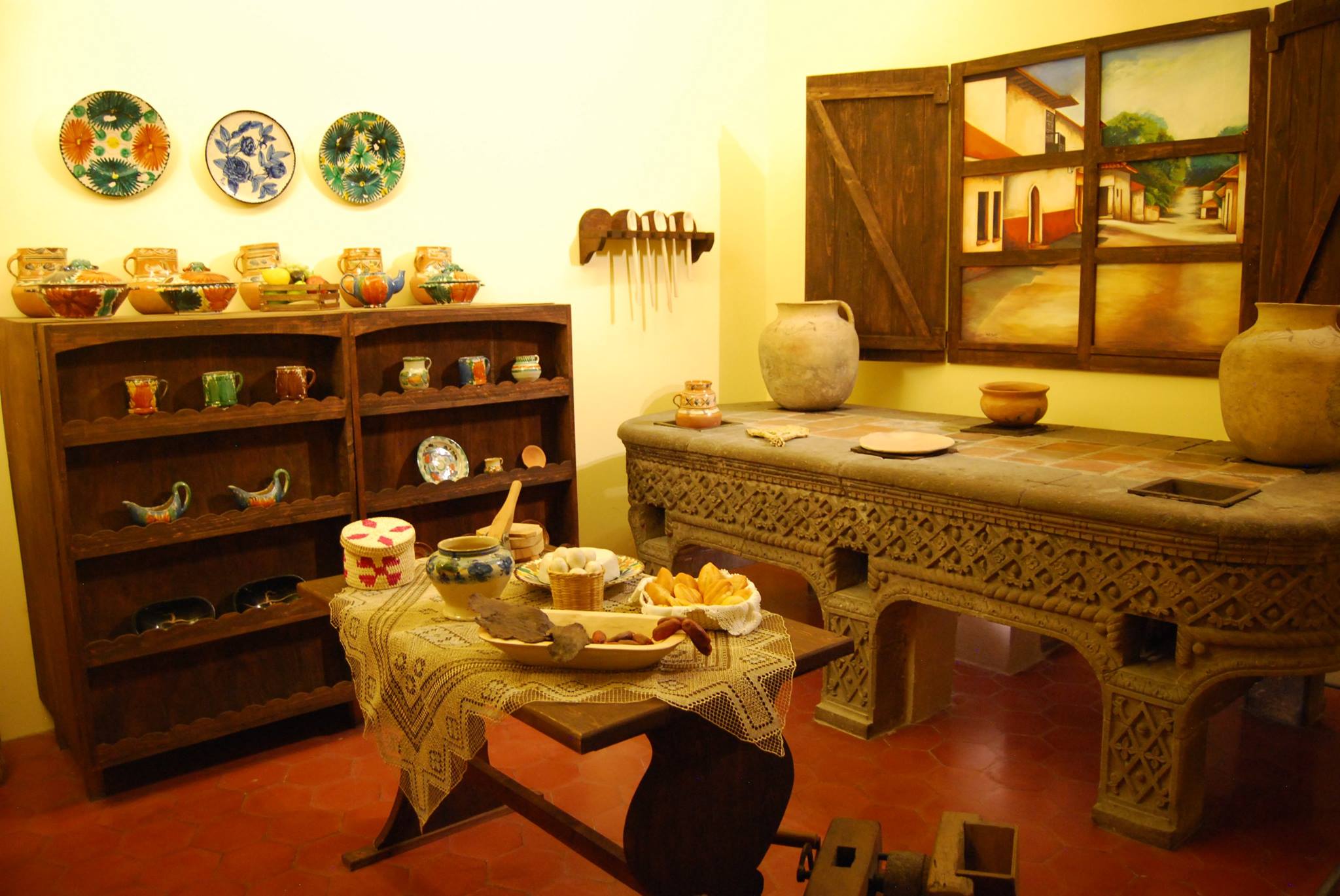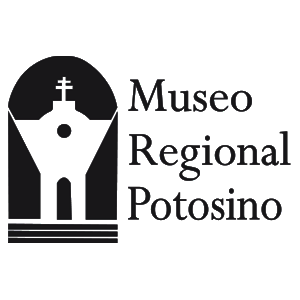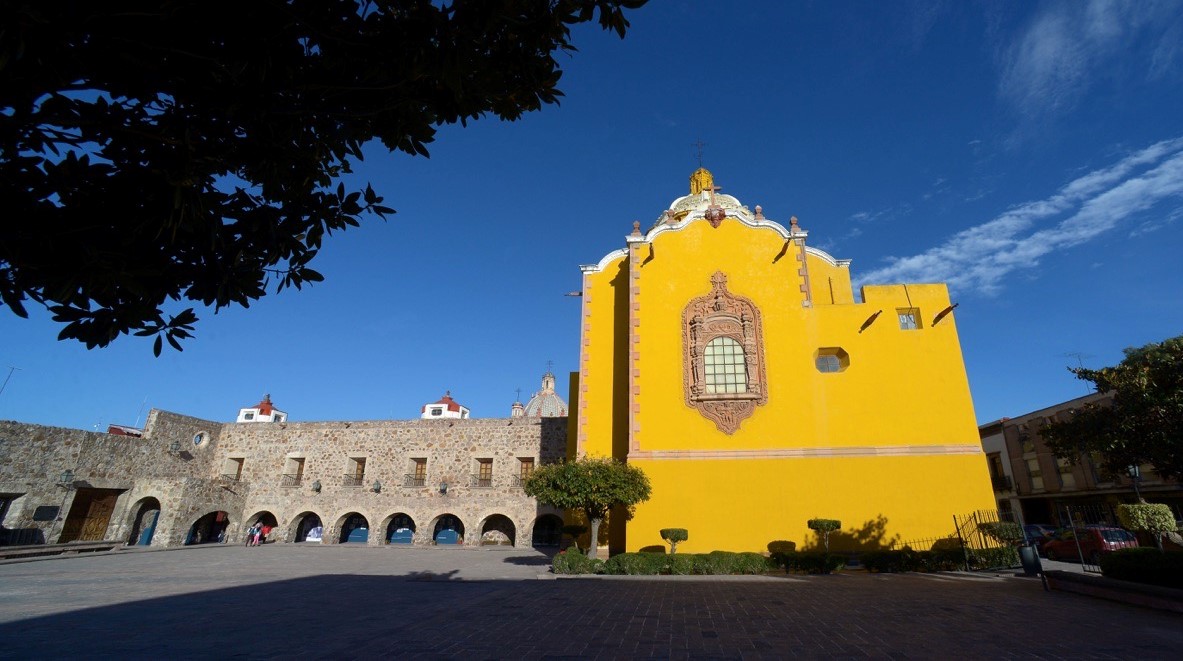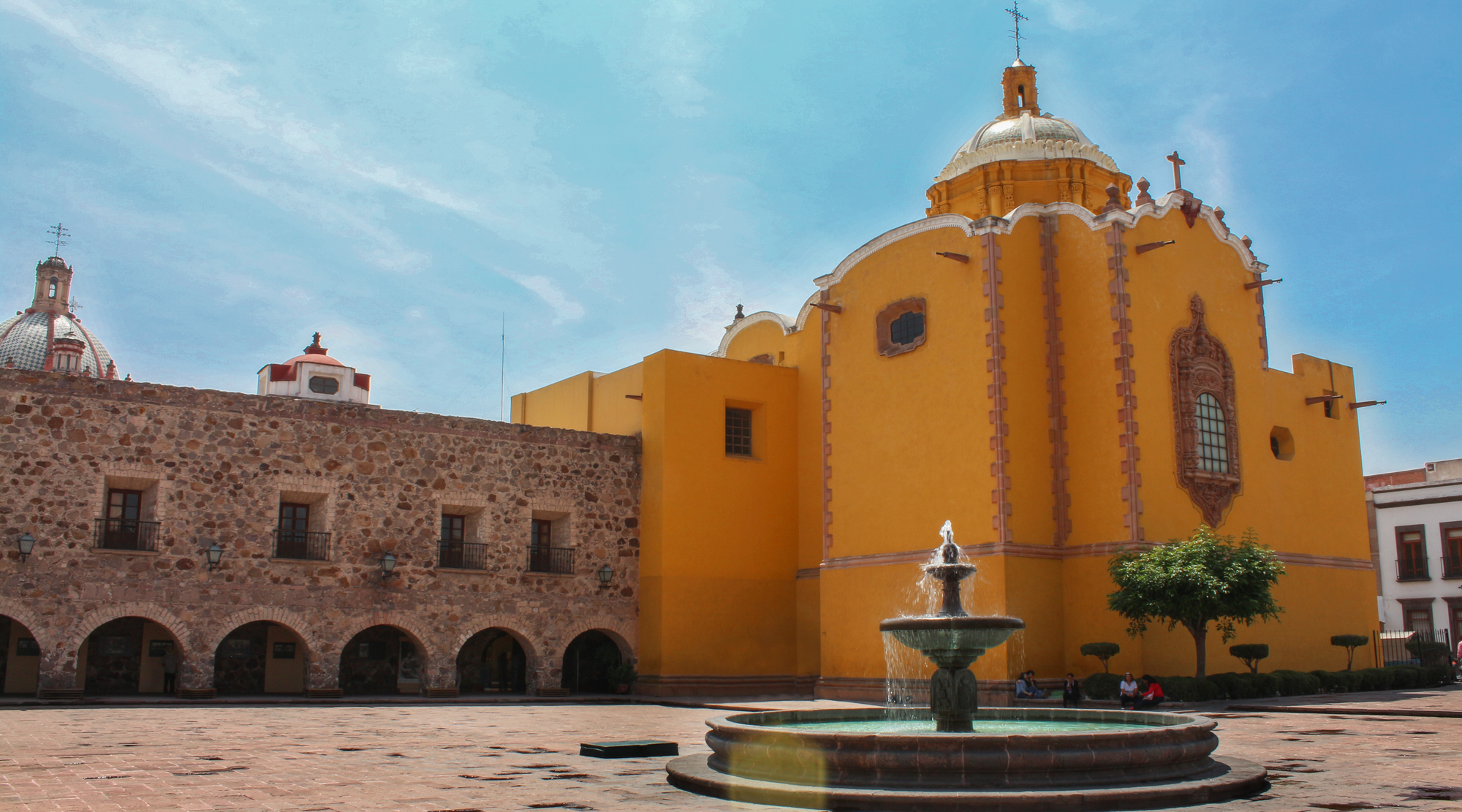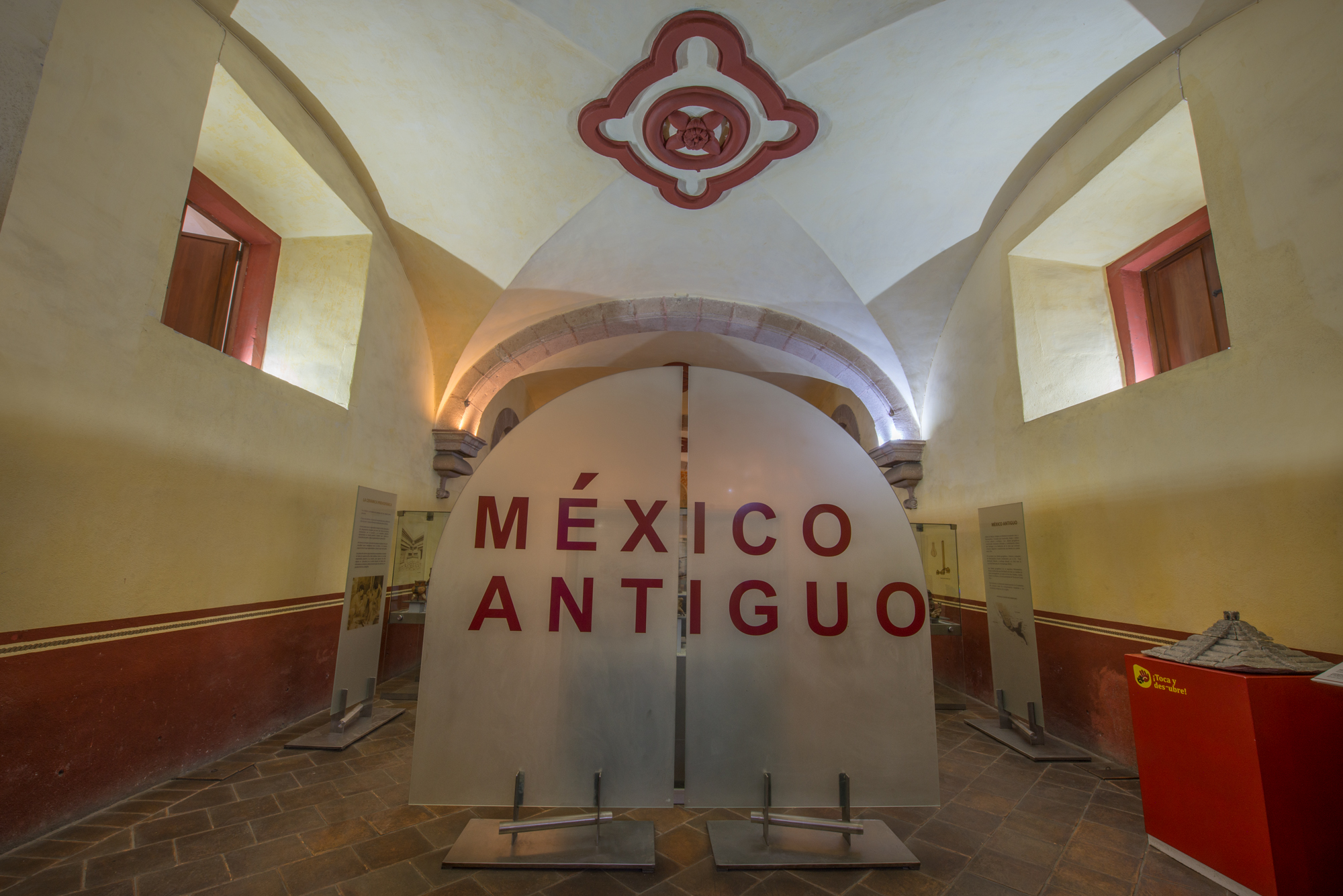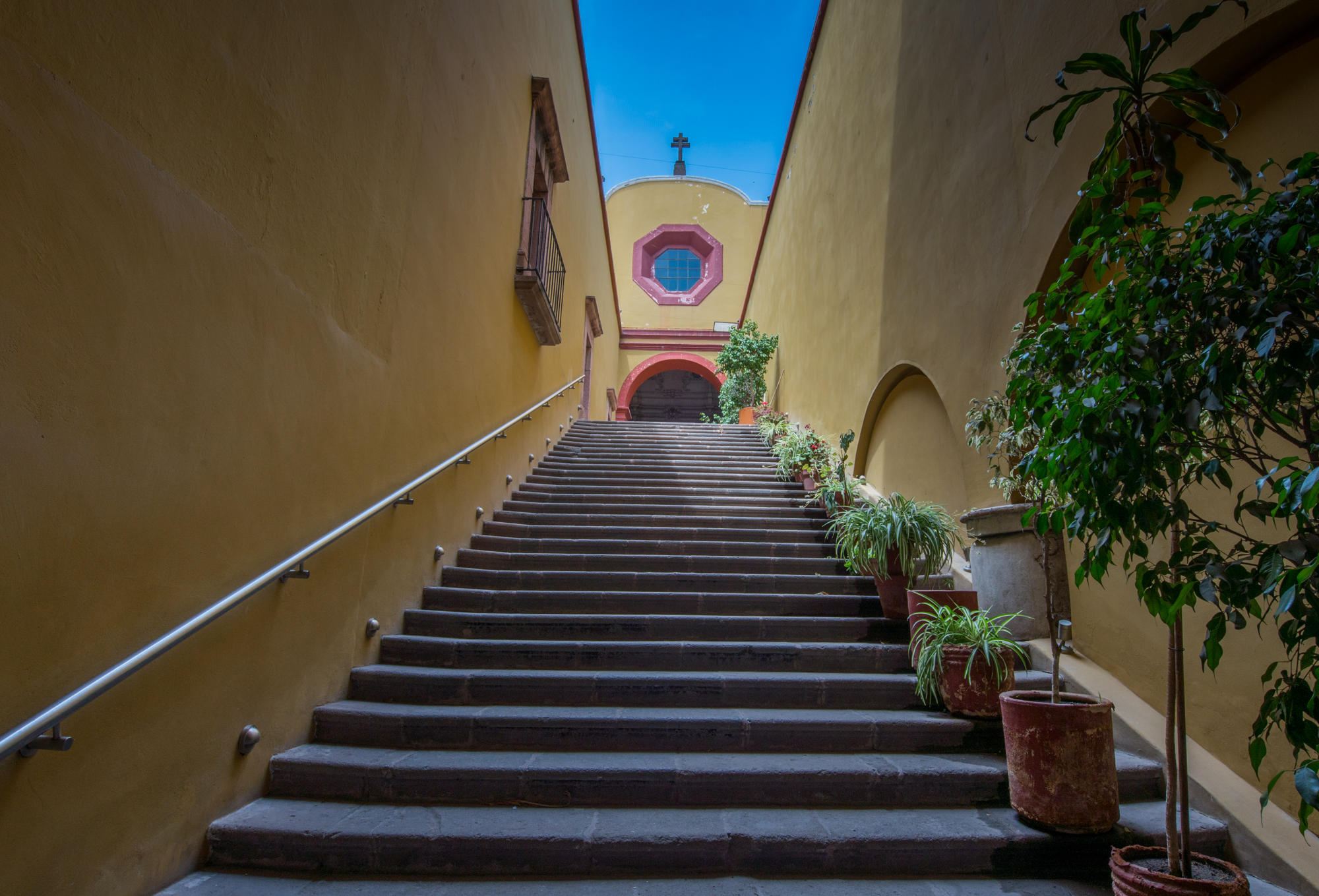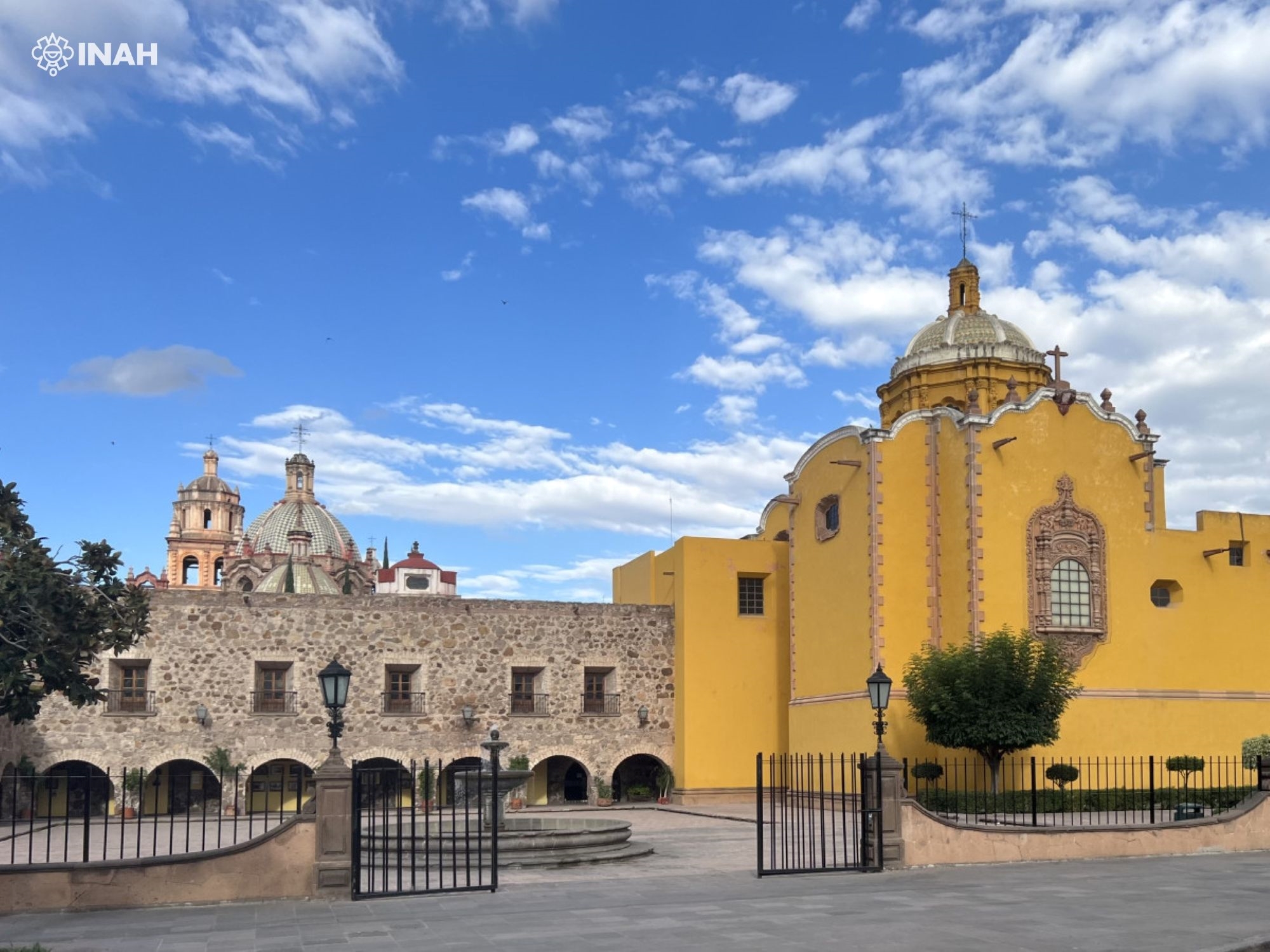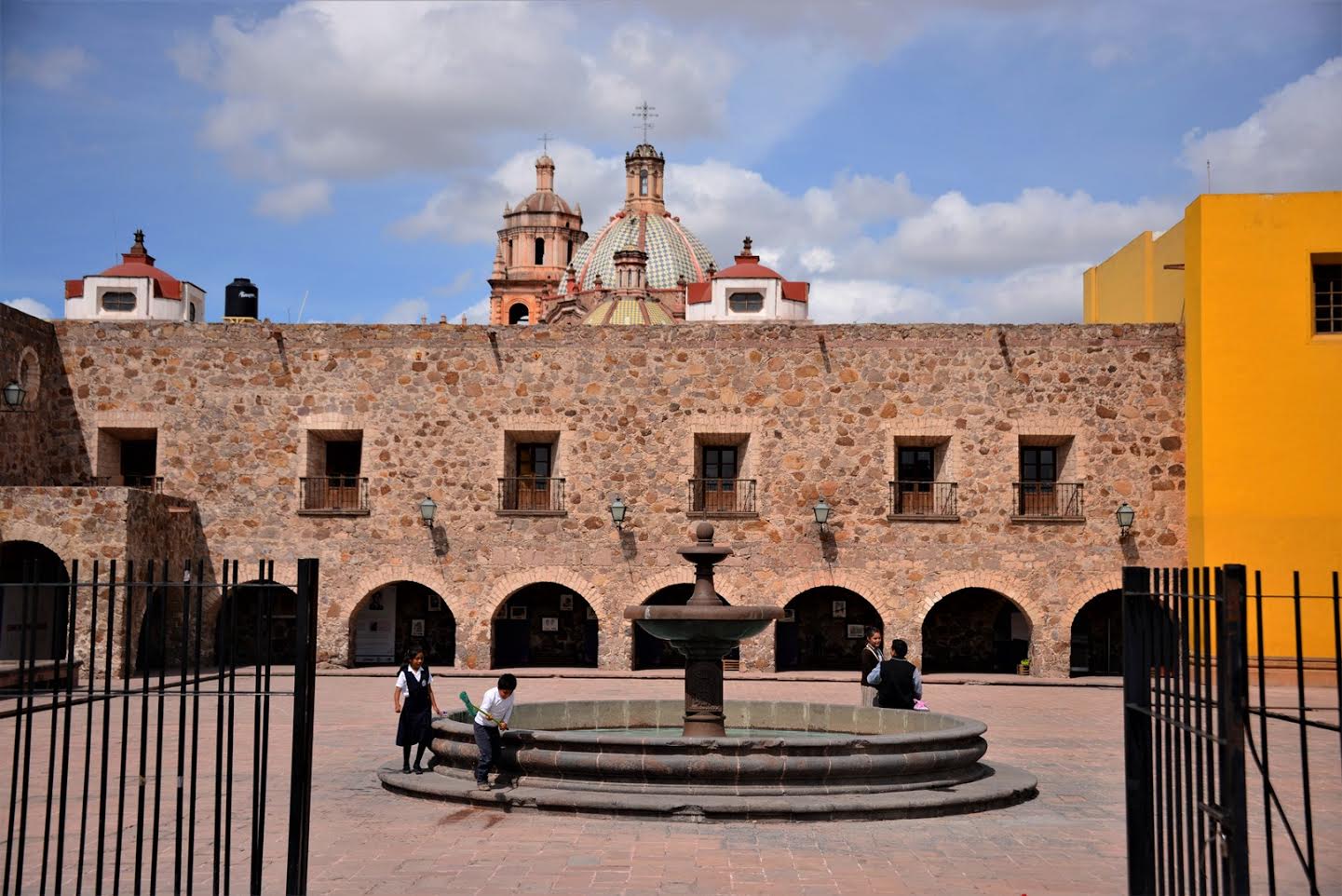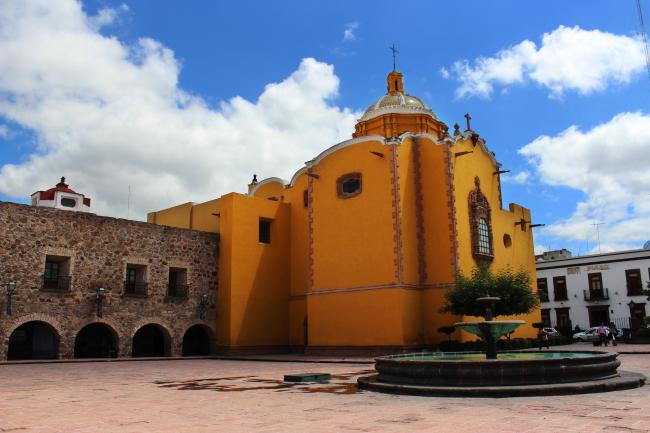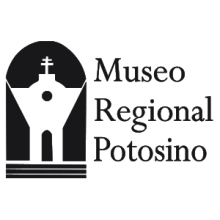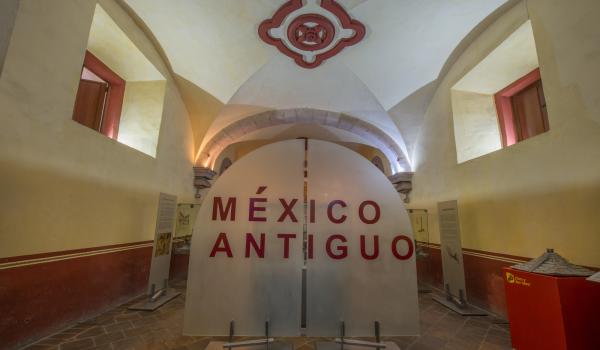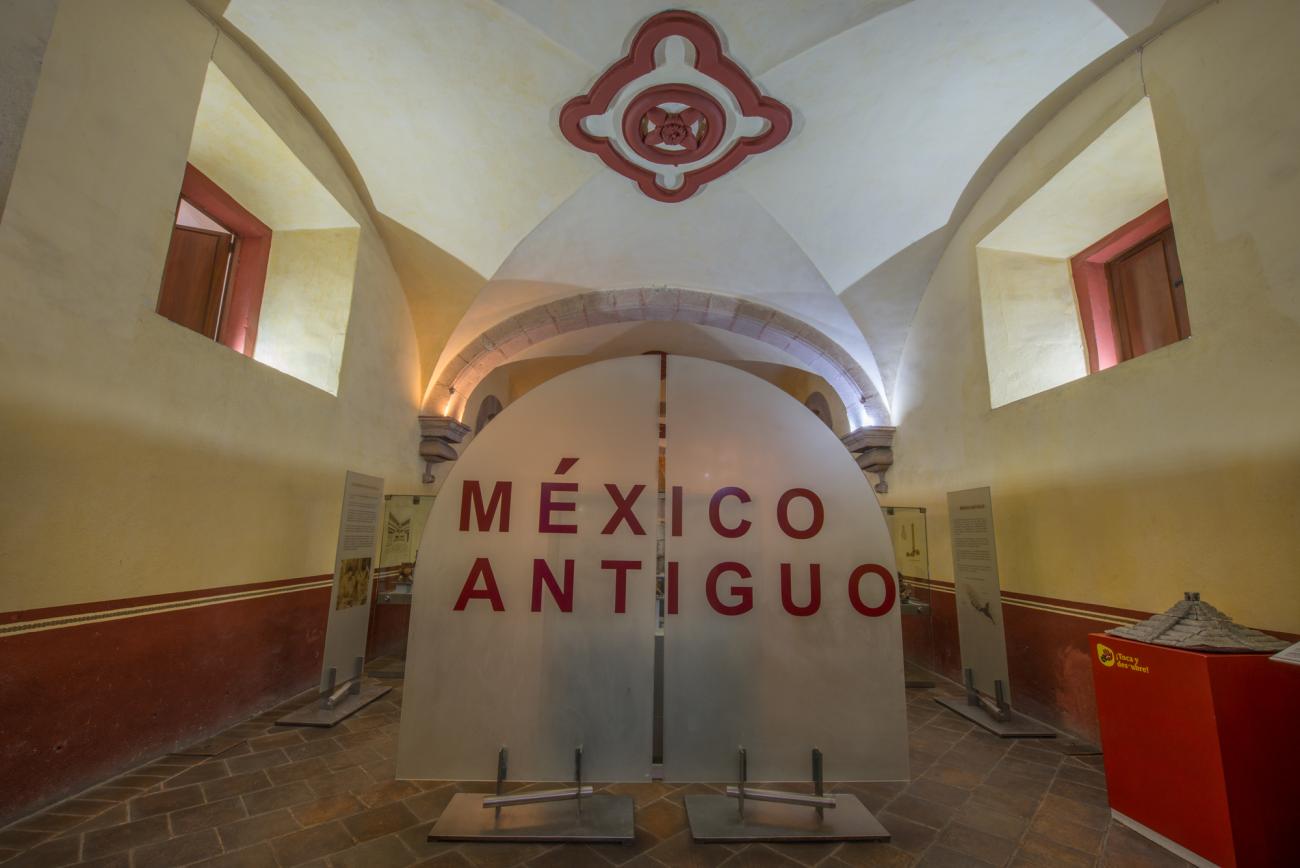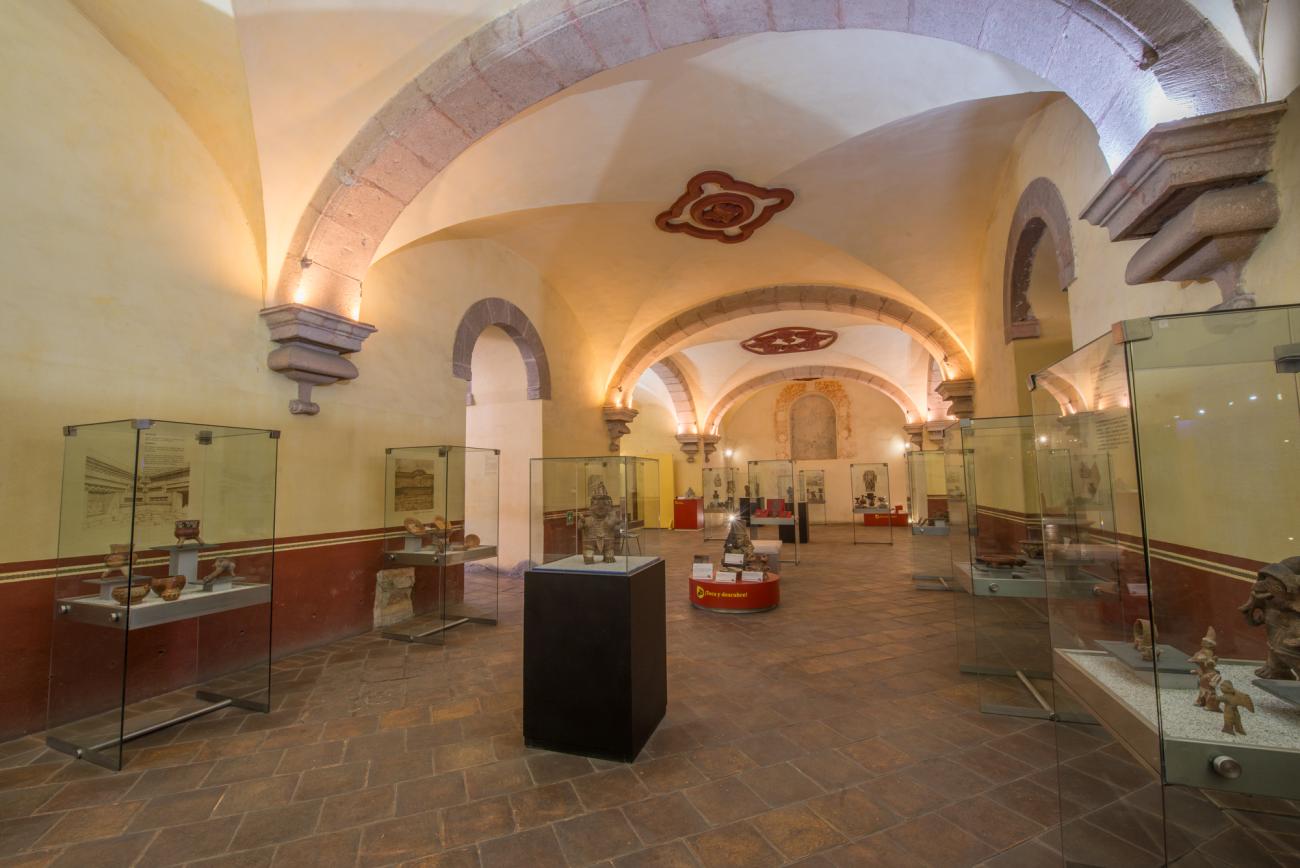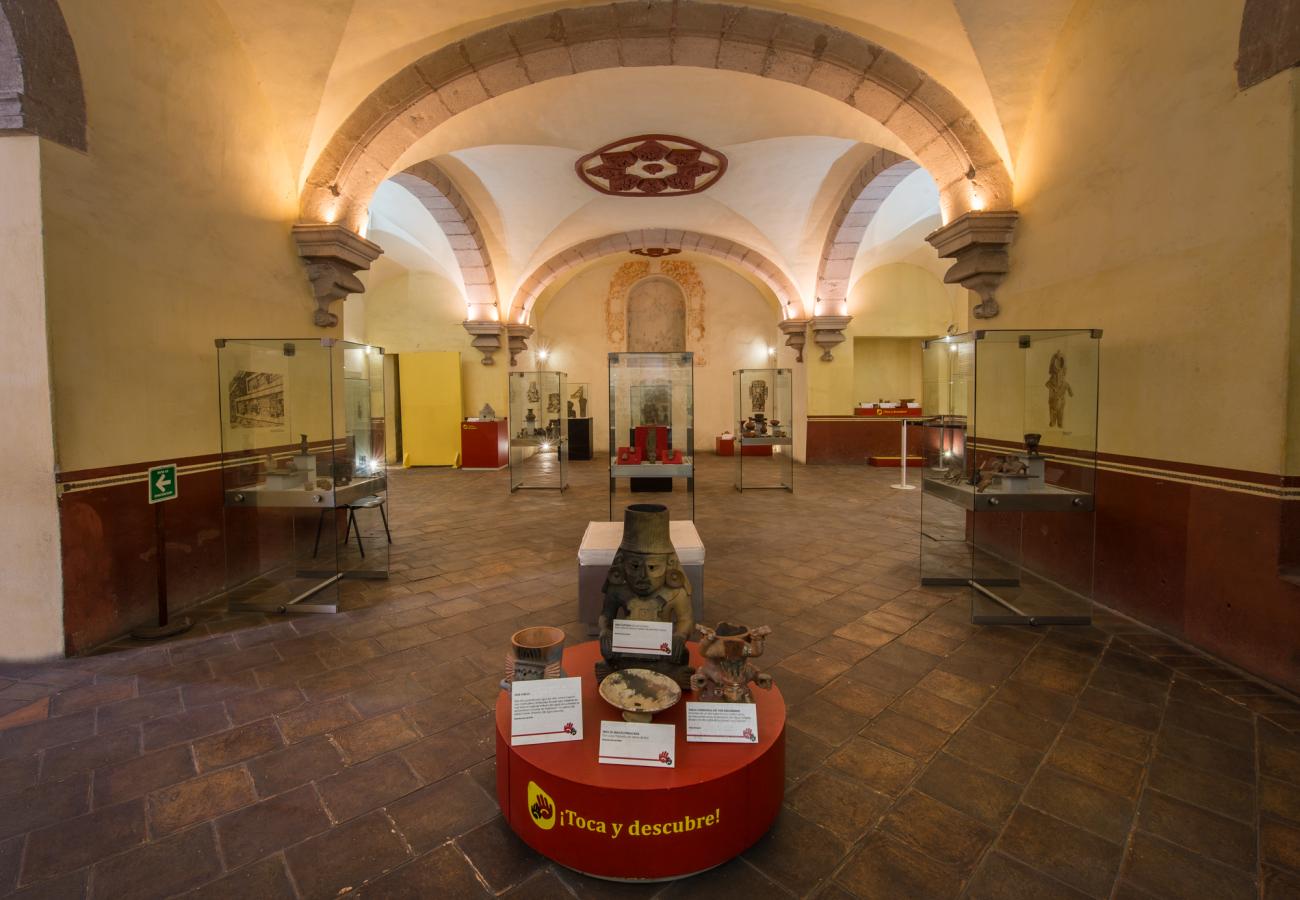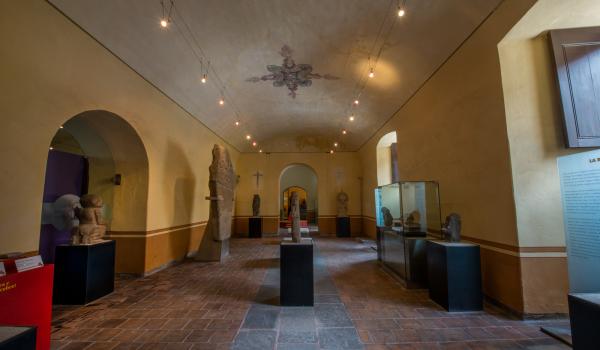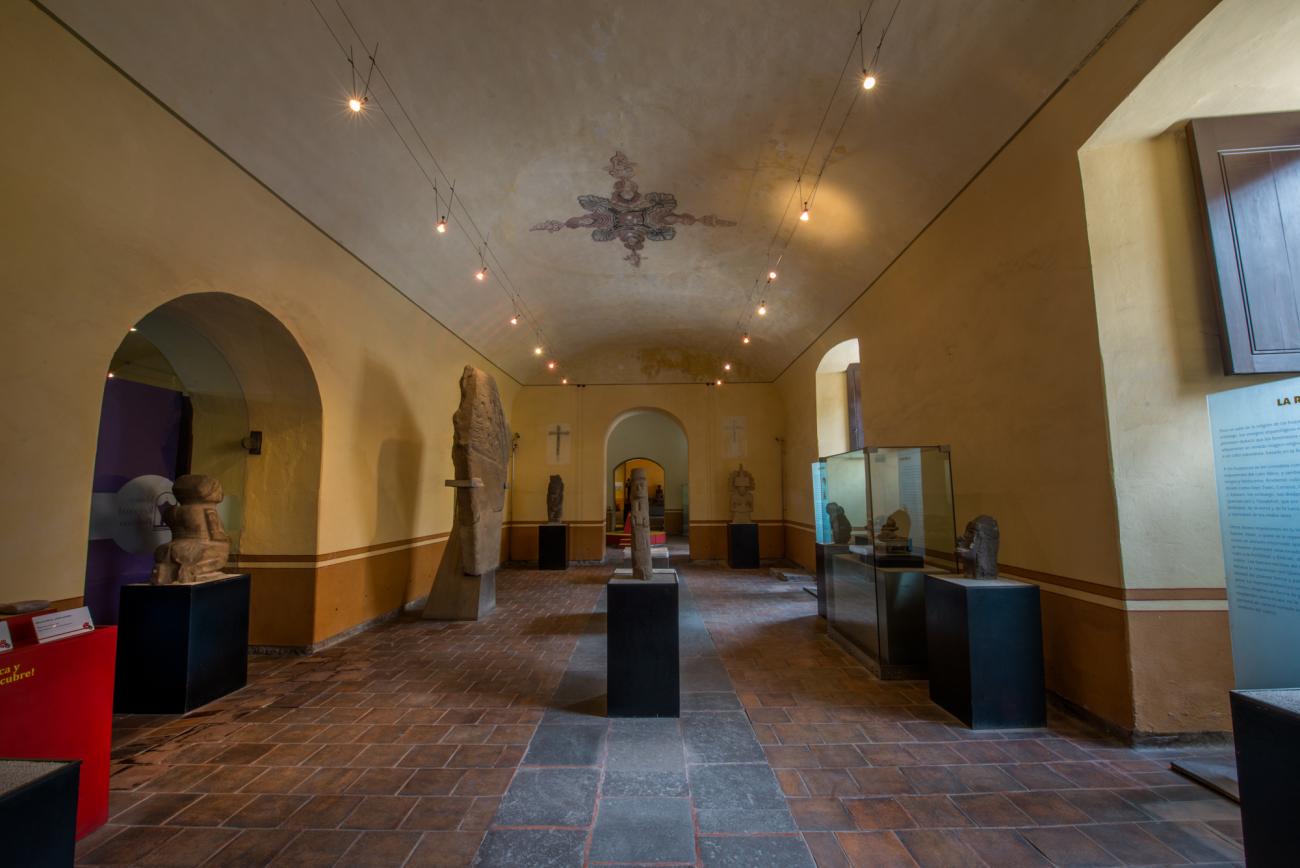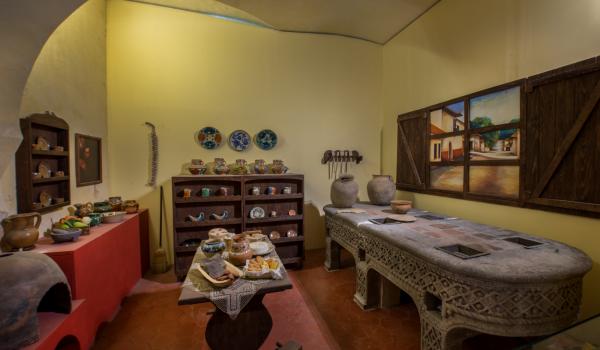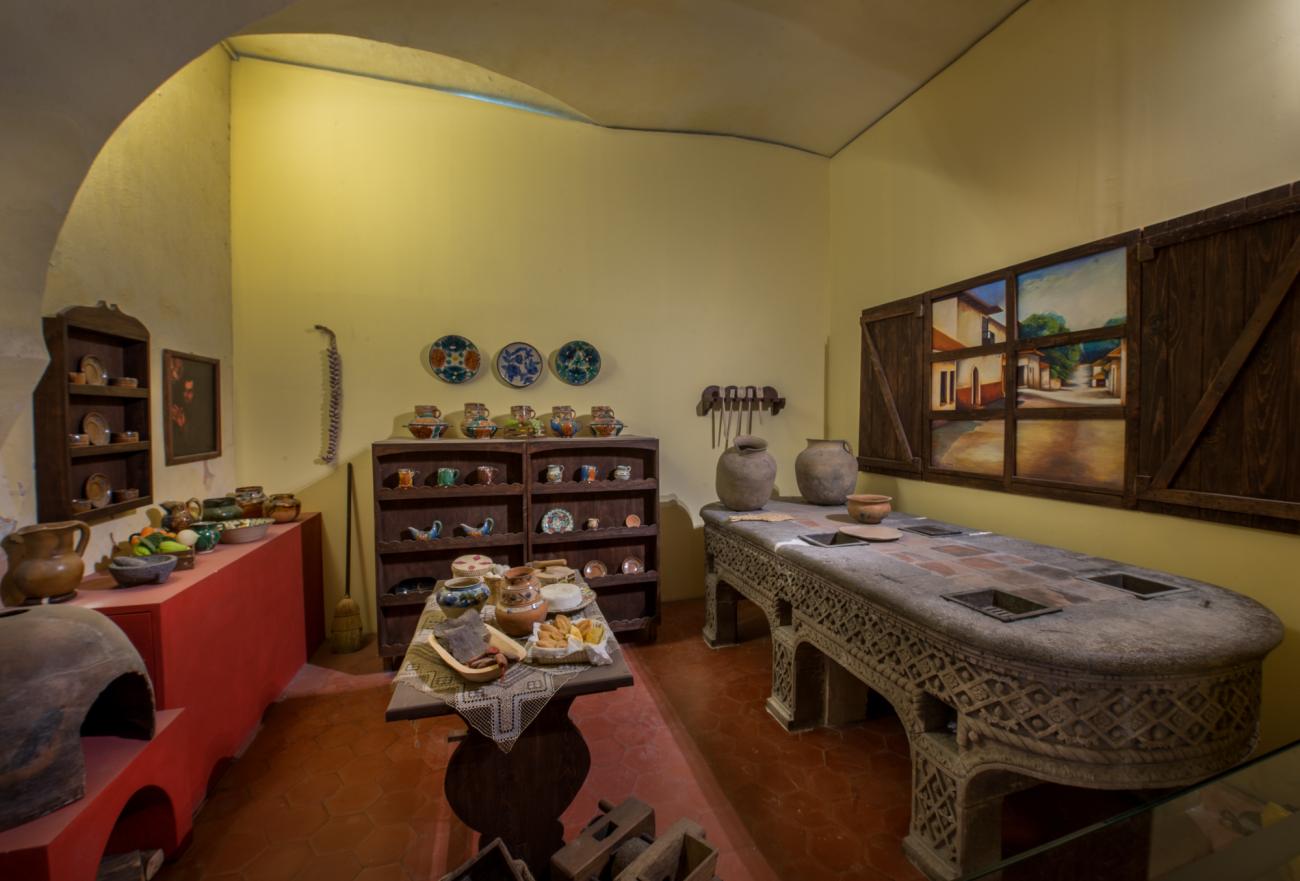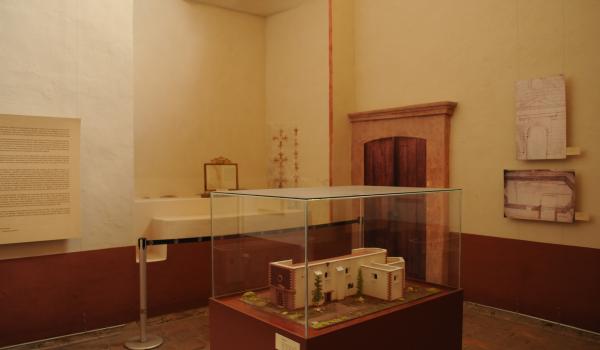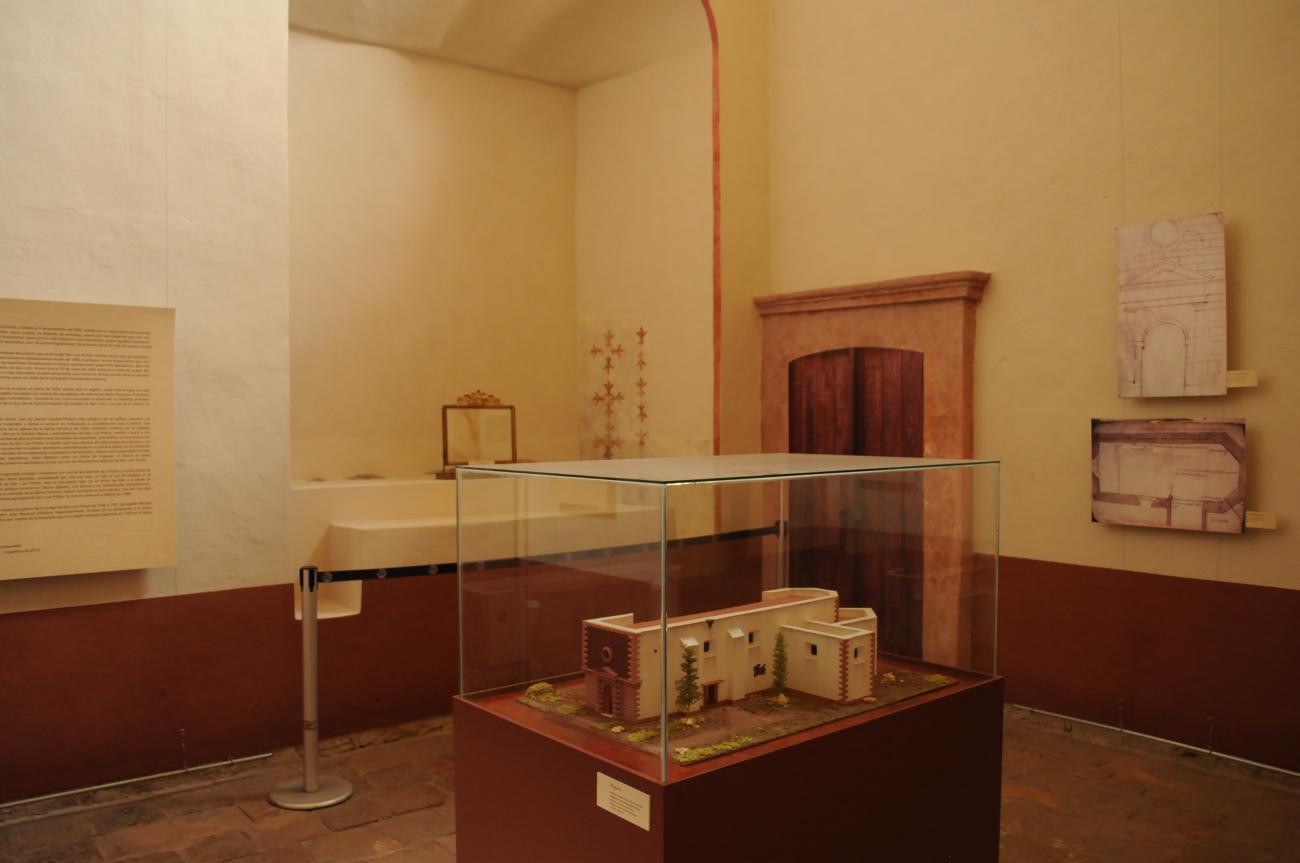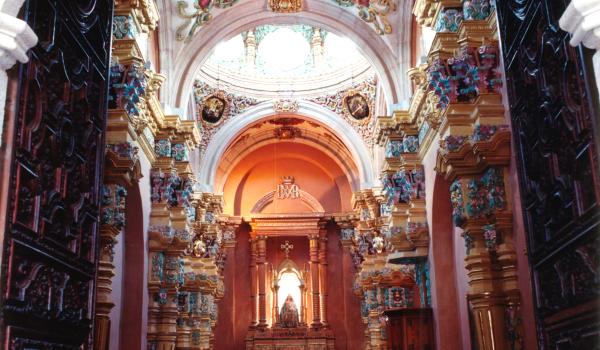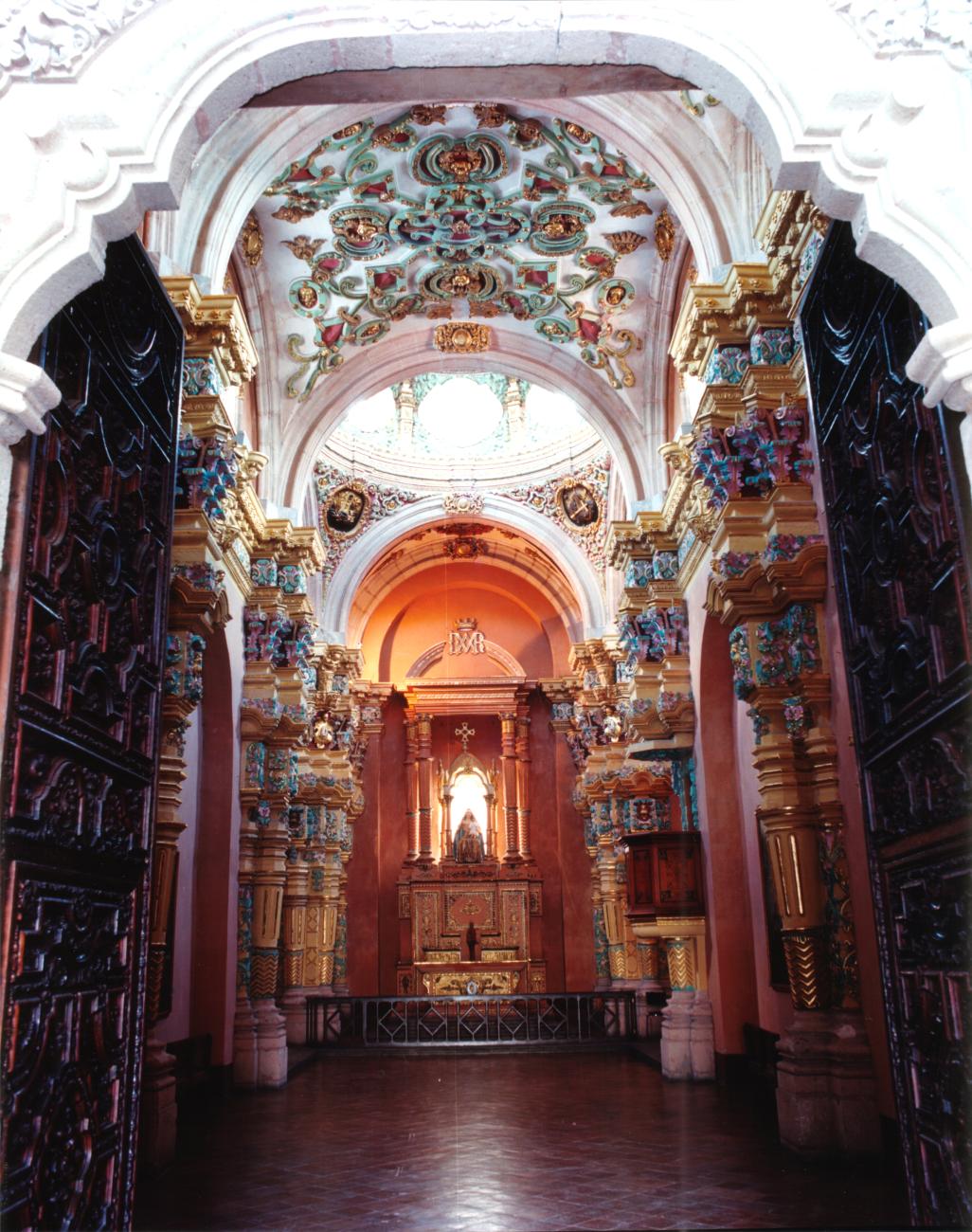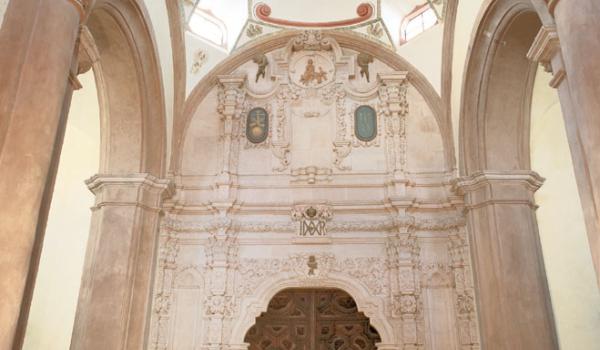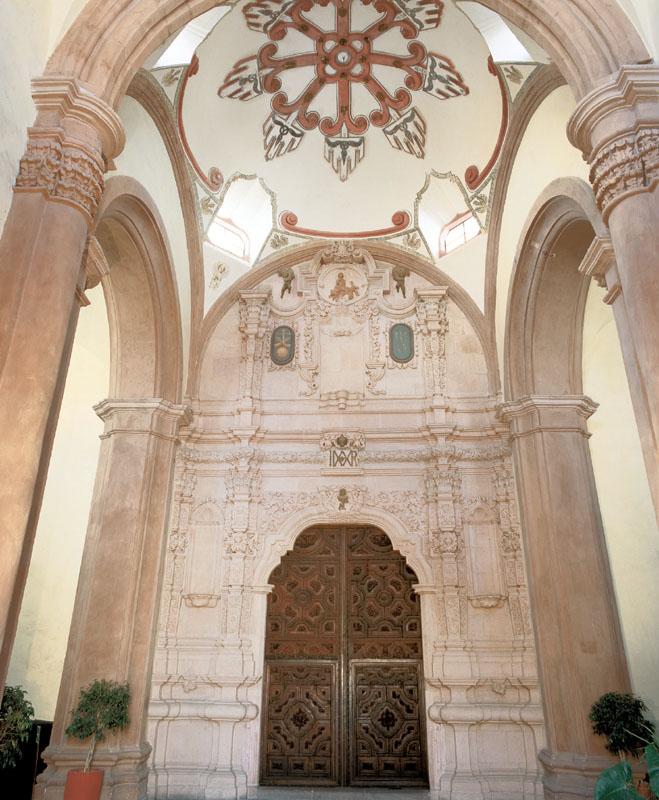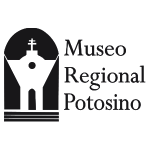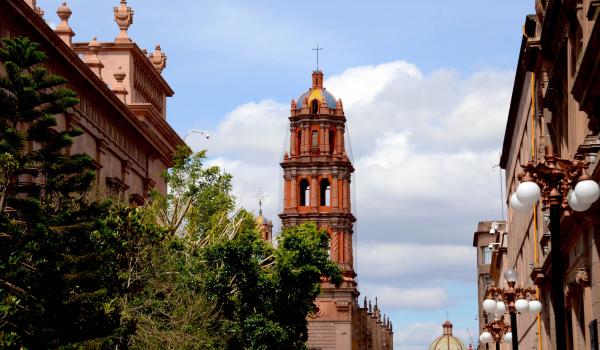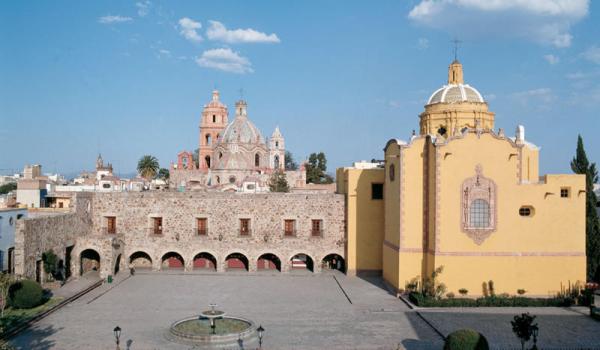This museum holds one of the most significant archeological heritages in the Huasteca region and has an outstanding gallery of pictures from the viceregal period. Located in the historical centre of the city of San Luis Potosí, the Regional Museum is part of a Franciscan monastery. Construction began in 1591 and monks were already living here the following year. The museum occupies the service courtyards, corridors and library of the former Franciscan monastery. The Reform Laws did away with the monastery as an institution, and it was replaced in the ancient building by workshops and schools for arts and trades, as well as a funeral home, residences and a masonic lodge. This lasted until November 20, 1952, when the museum was opened under the auspices of Ignacio Marquina as the director of the INAH and Ismael Salas as State Governor. In 2004, it received the Prize for Cultural Heritage Preservation for the architectural restoration work and restructuring of the museum, granted by the state government, the INAH and the School of Architects of San Luis Potosí, A.C. The museum’s restoration and conversion work began in 1949, when the INAH took over ownership of the building. The Aranzazú chapel and the temple of St Francis were declared national historical monuments.
Within its four galleries, it is possible to gain an overview of the cultures of Mesoamerica, as well as the history of the people of Potosí, from the evangelization of the Guachichil Indians, the daily life and faith of the settlers in the viceregal period, to the fight for independence and the agricultural revolution.
Mesoamerica Gallery. This gallery gives a tour of the cultures who occupied a large part of the present-day lands of Mexico and Central America. Huasteca Potosina. As well as describing the geography of the Huasteca region, it explains the ethnical and funerary customs, describes the first settlers of the region and provides a description of Tamtoc, the most important site in the north-east of Mexico, located in the town of Tamuín. Aranzazú chapel. This building is in the Baroque style and its decoration and roofed atrium make it a work of architecture unique in America. Foundation. This galery contains the original document for the foundation of San Luis Potosí as a federal state, as well as maps of old San Luis.

